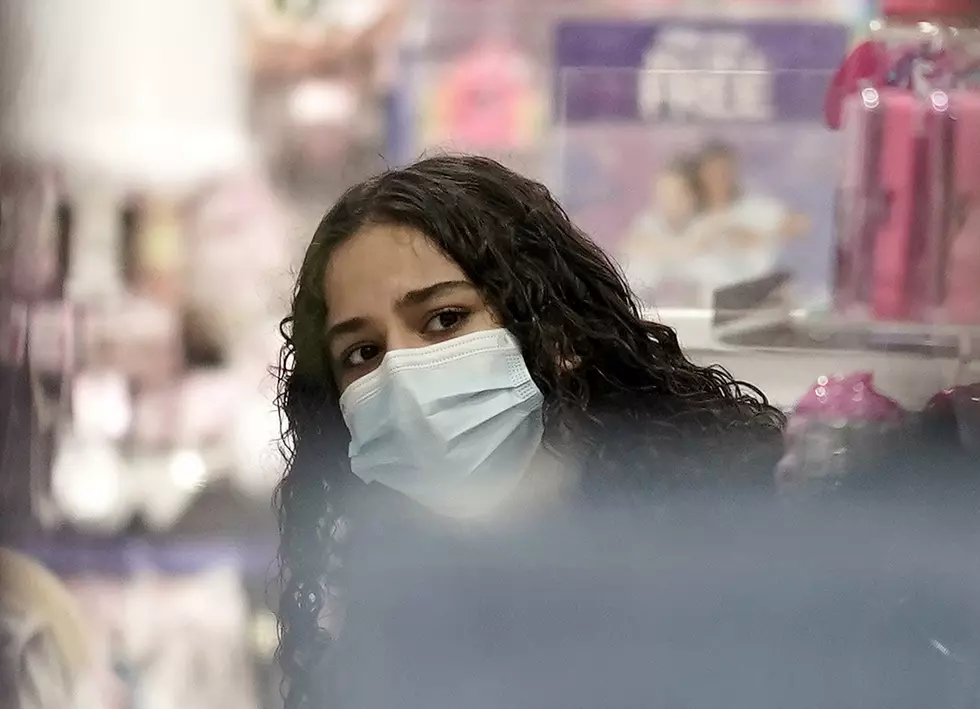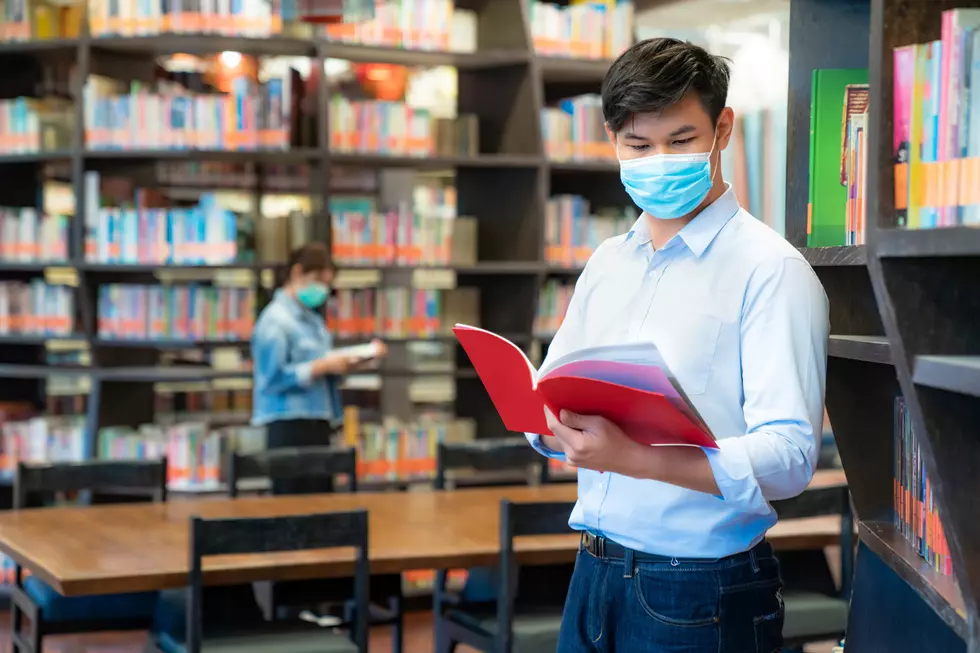
COVID Spread Coming From Inside the House, We Know First Hand
As the number of coronavirus cases continue to spread around Central New York, the latest data indicates it's not large gathering behind the recent spikes. 70% of new cases are originating from within households and small gatherings. And we have an experience proving it can happen really easy.
First let me be clear, we didn't get the coronavirus, but for about 36 hours we thought we had been exposed. Polly and I work from home, we have our groceries delivered, and with the exception of an occasional run to a convenience store and produce market, we rarely leave the house. We always wear masks and are very cognizant of washing our hands when we return home.
The Friday after Thanksgiving a friend stopped by for an adult beverage and a game of cards. Before the first hand was even dealt, the friends' significant other called to say they had tested positive. Bam, just that quick. In the end, their test turned out to be a "false positive," and a more involved test came back negative.
"Living room spread" is the term government officials are using to explain how the virus numbers are growing. New York governor, Andrew Cuomo is launching an awareness campaign encouraging residents to avoid even small gatherings to keep themselves and their loved ones safe.
As we move forward into the winter, addressing living room spread will be one of the biggest challenges in the fight against COVID-19, and we can do it, but only if New Yorkers stay smart.
Earlier this week, the Governor announced the state's plan for combating COVID-19 this winter.
In Pictures: What Education Looks Like Around the World During a Pandemic
More From Big Frog 104









